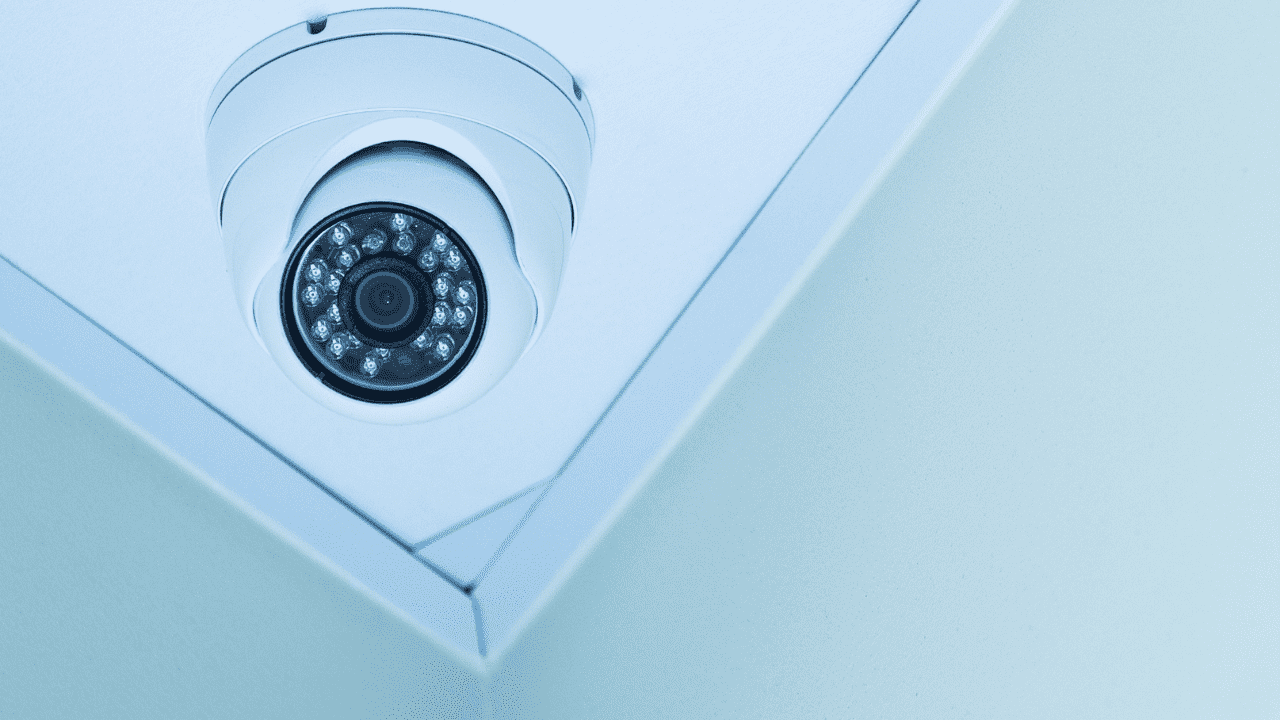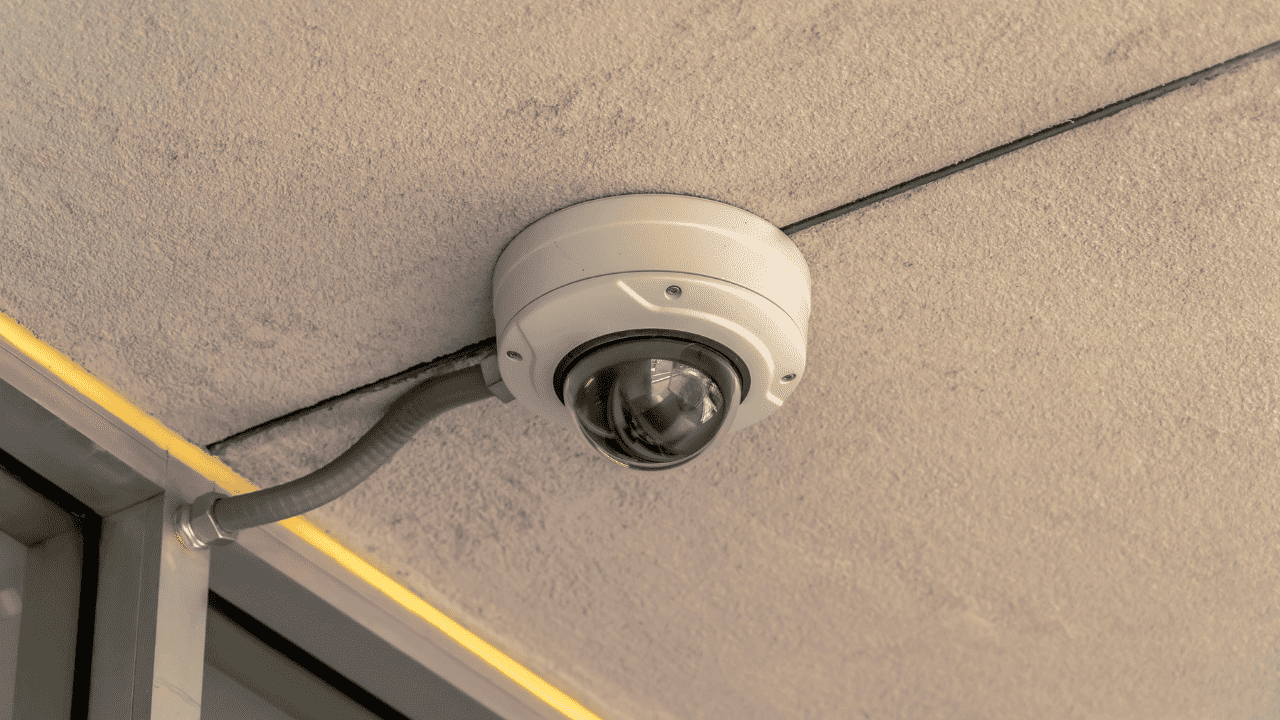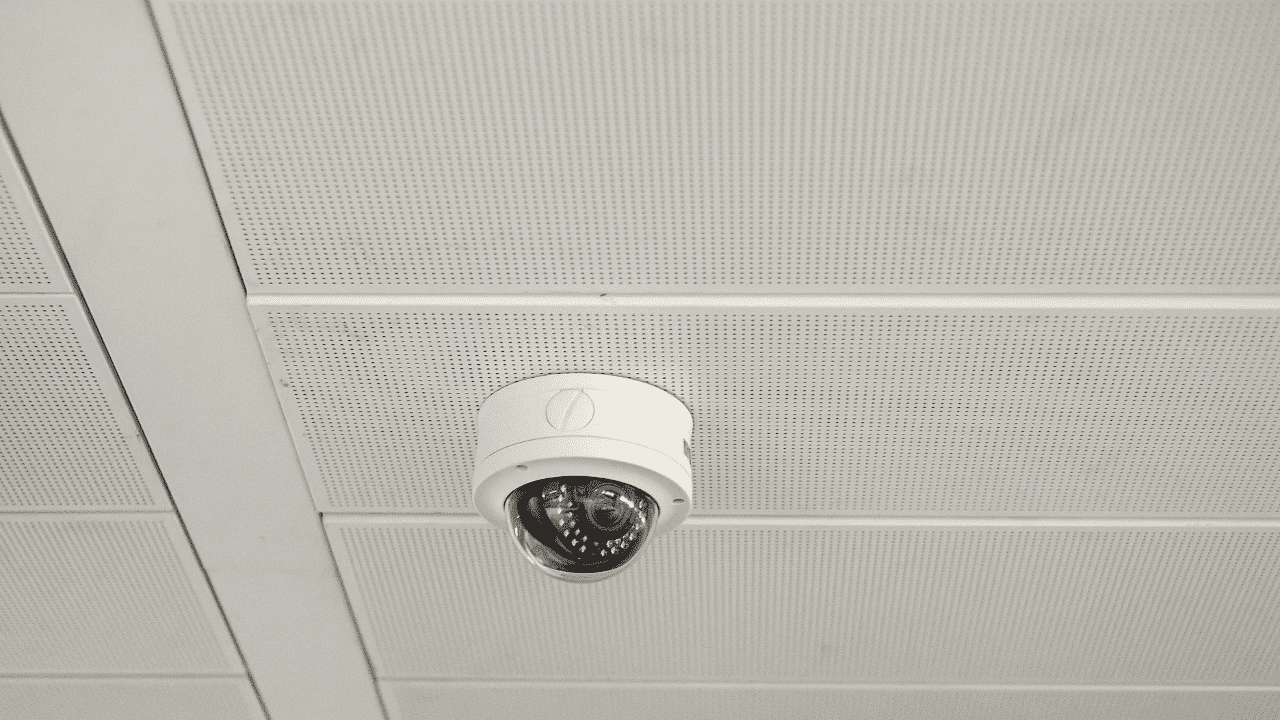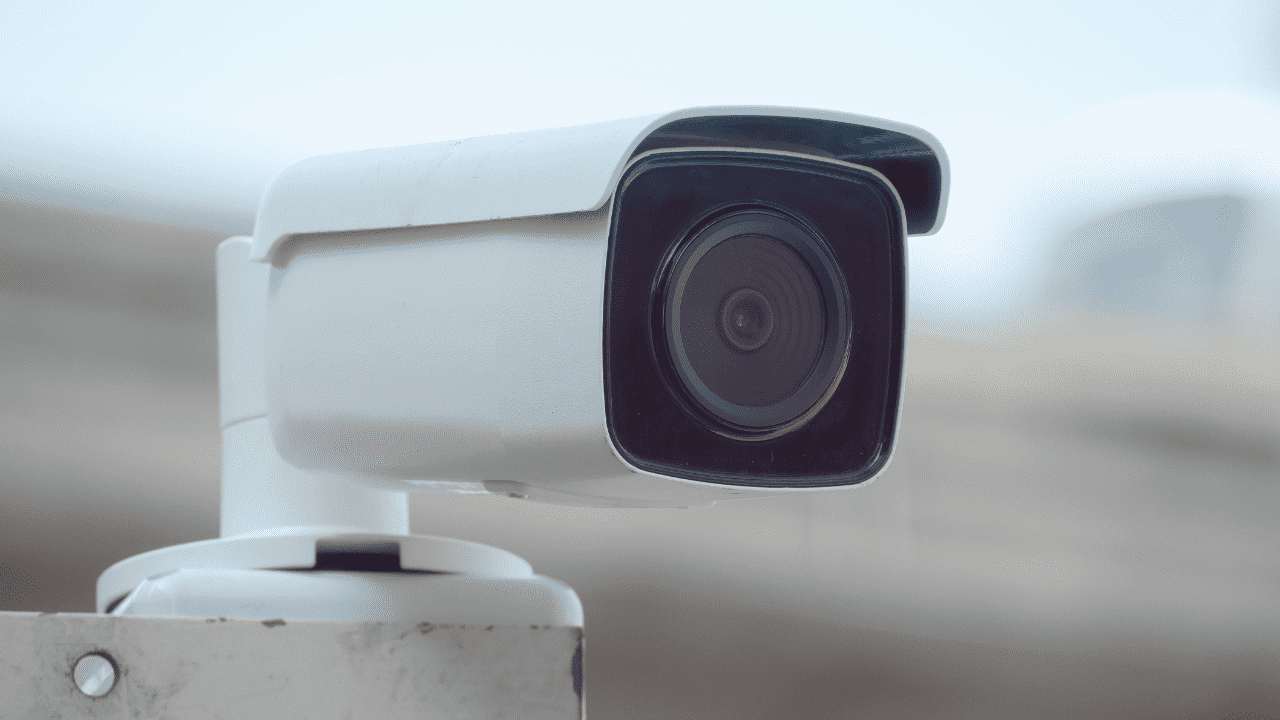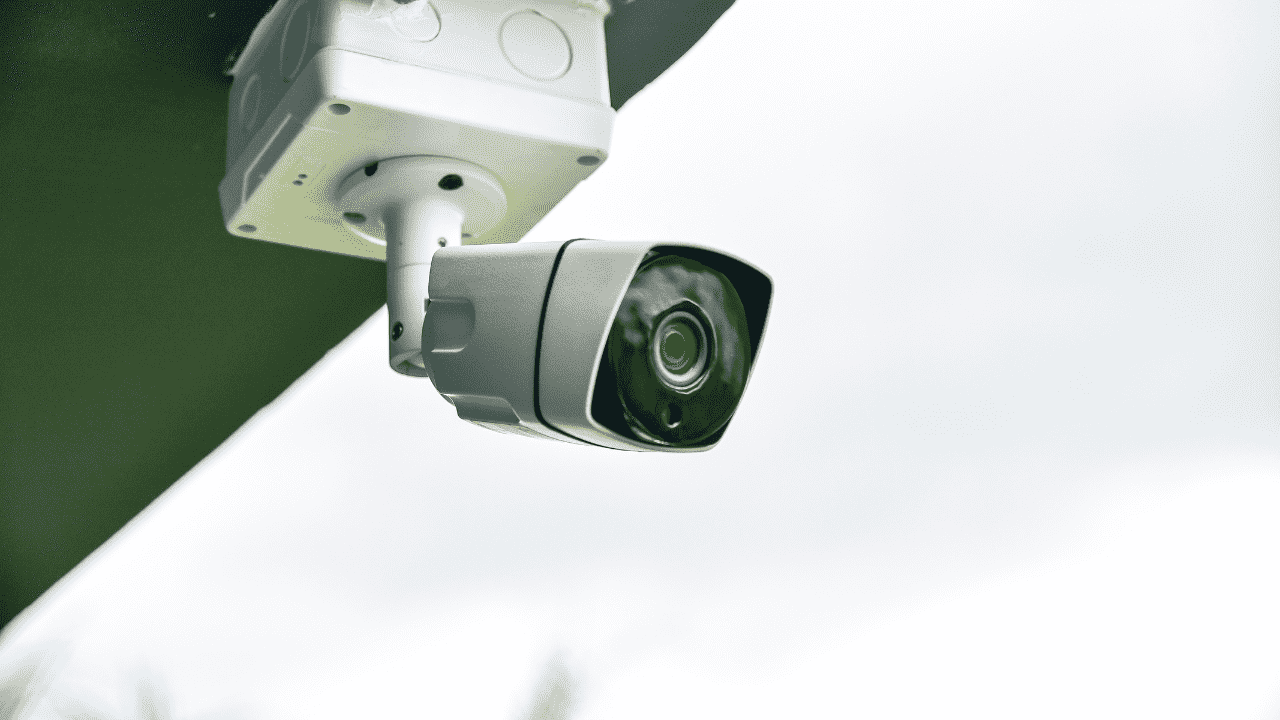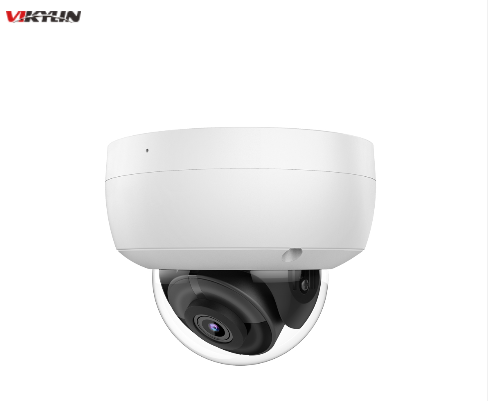
An IP camera (Internet Protocol Camera) is a type of security camera that receives video data and sends video footage via an IP network. It is also known as network camera or IP security camera, often used as remote monitoring and management tools in many sectors and environments to protect the property or monitor home, business, or public security. Connected with other devices such as network video recorders and displays via a network, IP cameras allow you to monitor specific areas from any remote location, bringing much convenience to our daily lives.
IP Camera Benefits
- This is already an IP camera advantage over analogy systems due to the fact that it makes the video transmission process easier.
- Analog camera digitization.
- Audio Inputs / Outputs, Alarm and SD Card.
- Independence of the image recorder.
- IP wireless camera.
- High resolution images.
- IP system security.
How Does An IP Camera Work?
IP cameras work the same way as digital cameras to capture high-quality images. What sets them apart is the capability of IP cameras to compress those files and automatically transmit them to a network video recorder (NVR) via a network. Usually, IP cameras are connected to the network via ethernet cable with a broadband modem or router, or wirelessly via a Wi-Fi router.
In a building that has already been equipped with a network, all you have to do is to connect the IP surveillance cameras and other devices into your network system, just the same way that you would do when you connect your laptop or cell phone to your Wi-Fi.
After everything is well connected, the cameras can start working, capturing and sending video footage to the network video recorder.
Four Common Types of IP Camera
There are various video surveillance solutions, in which many different types of security cameras are adopted. Among those surveillance cameras, there are four most commonly used ones, dome cameras, bullet cameras, and turret cameras. Knowing more about the differences among dome vs bullet vs turret vs fisheye cameras will help you find out the one that fits you most.
| Type | Dome Camera | Bullet Camera | Turret Camera | Fisheye Camera |
| Outlook |  |  | 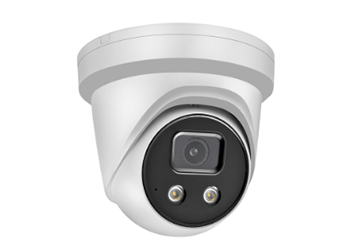 |  |
| Installation | Mounted to ceiling | Mounted to walls/ceilings | Mounted to ceiling | Mounted to ceiling |
| Pros | · Wide field of view; · Discrete look; · Less intrusive than bullet and turret cameras; | · Long-range vision; · Easy to install or reposition; · Less IR Bounce; · More visible to scare off criminals; | · Long-range vision; · Easy to install or reposition; · Less IR Bounce; · More visible to scare off crimin als; | · Ultra-wide 360° panoramic view; · Easy to set up; · Less intrusive; |
| Cons | · Difficult to reposition once installed; · Prone to IR bounce; · Easy to get dust or fingerprints; | · Easier to vandalize than dome and turret cameras; · Limited monitoring angle; | Direction can be changed by vandals | Images need to be dewarped; |
| Application | Schools, offices, homes, or small shops. | Schools, shops, industrial settings, traffic lights, and high crime areas. | Schools, offices, homes, or small shops. | Parking lots, shops, industrial settings, airports. |
Four Important Specifications of IP Cameras
When looking for a security camera, not only should you decide on the type of it, but also you need to notice that the specifications can make a huge difference. There are four of the most essential specifications.
Field of View
The lens of an IP camera allows you to frame an area that you want to spot. Different lens systems come with different fields of view, which determines how wide an area you can see. A wider field of view will allow the camera to spot a larger area. Typically, for a large parking lot and a small room, you will need lenses with different viewing angles.
Resolution
The resolution of IP cameras is the total number of pixels that make up an image, which is usually measured by the width and height of the image. The most common resolutions of security cameras are 720p, 1080p, 5MP, 4K and 8MP. Usually, higher resolutions mean that there are more pixels per inch (PPI), resulting in a high-quality, crisp image.
Low Light Sensitivity
Low-light sensitivity, usually measured in Lux(lx), refers to the ability of a camera to provide high-quality images even in low-light conditions by presenting details and reducing noise in the output images. There are few factors contributing to the low light performance of a camera, including pixel size, signal-to-noise ratio, lens aperture, etc. A lower Lux has the ability to present high-quality images in darker areas. For example, cameras with 100-1,000lx are applied to record under work-space light, while cameras with 0.0001lx are usually adopted for moonless nights or overcast nights.
Focal Length
The focal length of a lens, which is measured in “mm”, determines the angle of view and how far the camera can see. There are two types of lens, fixed lens and varifocal lens. The most common fixed focal length is 3.6mm, which leads to a 90°view angle and a distance of 20 feet. There is also 8mm lens with a 40°view angle and identification distance of 40 feet. For varifocal lenses, the most common ones are 2.8-12mm lenses. At 2.8mm you get around 100°view angle, with only around 10-feet identification distance. At 12mm you will achieve around a 30°angle of view and identification at around 50 feet. The wider the focal length, the further away it can focus and the narrower the field of view.
Most Popular IP Camera Applications
Public Safety
Surveillance cameras play an important role in managing public rules, protecting public safety and property. It’s not difficult to find that there are plenty of monitoring cameras along the traffic roads, parking lots and around the governments or hospitals. Moreover, there are lots of public areas deployed with security cameras, including schools, parks, communities, neighborhoods, etc.
Business Use
Commercial security cameras are often used in business buildings, supermarkets, shops, restaurants, etc. For business owners, security cameras can not only protect their property to ensure normal operations and prevent criminal acts with real-time monitoring, but also can keep them connected with daily operations and employee safety.
Outdoor perimeter security can also be maintained with video surveillance solutions to monitor the surroundings. Compared to traditional systems, commercial IP video surveillance systems offer greater reliability and security with built-in encryption, data compression, network connection, and cybersecurity measures.
Home Use
For those looking for tools to get close with their families, monitor family security or protect family property, IP cameras are always a go-for item. Many homeowners equip their families with a video surveillance system to make themselves and their families feel safer.
The IP cameras installed in home security systems have been used to serve a number of purposes. For example, they can be installed near the front door to capture the image of each one who steps into or sneaks around the house, or installed in the backyard to catch a view of their families’ happy moments, or installed inside the room, to make sure their baby is being well taken care of, etc.
Conclusion
IP cameras have become a dispensable part of home, business or public surveillance systems. With the proper video management software, the video recorded by IP cameras can be viewed from anywhere worldwide via the network, whether using a laptop or a mobile phone. In many cases, IP cameras can also be controlled remotely, adding much convenience to our lives.
There are various types of security cameras that are designed for specific applications, and that’s why you need to take several factors into consideration when purchasing IP cameras for your security system. Before the next step, it would be better to figure out your budget and your requirements first.
Vikylin IP Security Cameras connect to a Network Video Recorder (NVR) and deliver professional 4K recording and Smart Motion Detection. Contact us for a quotation!

